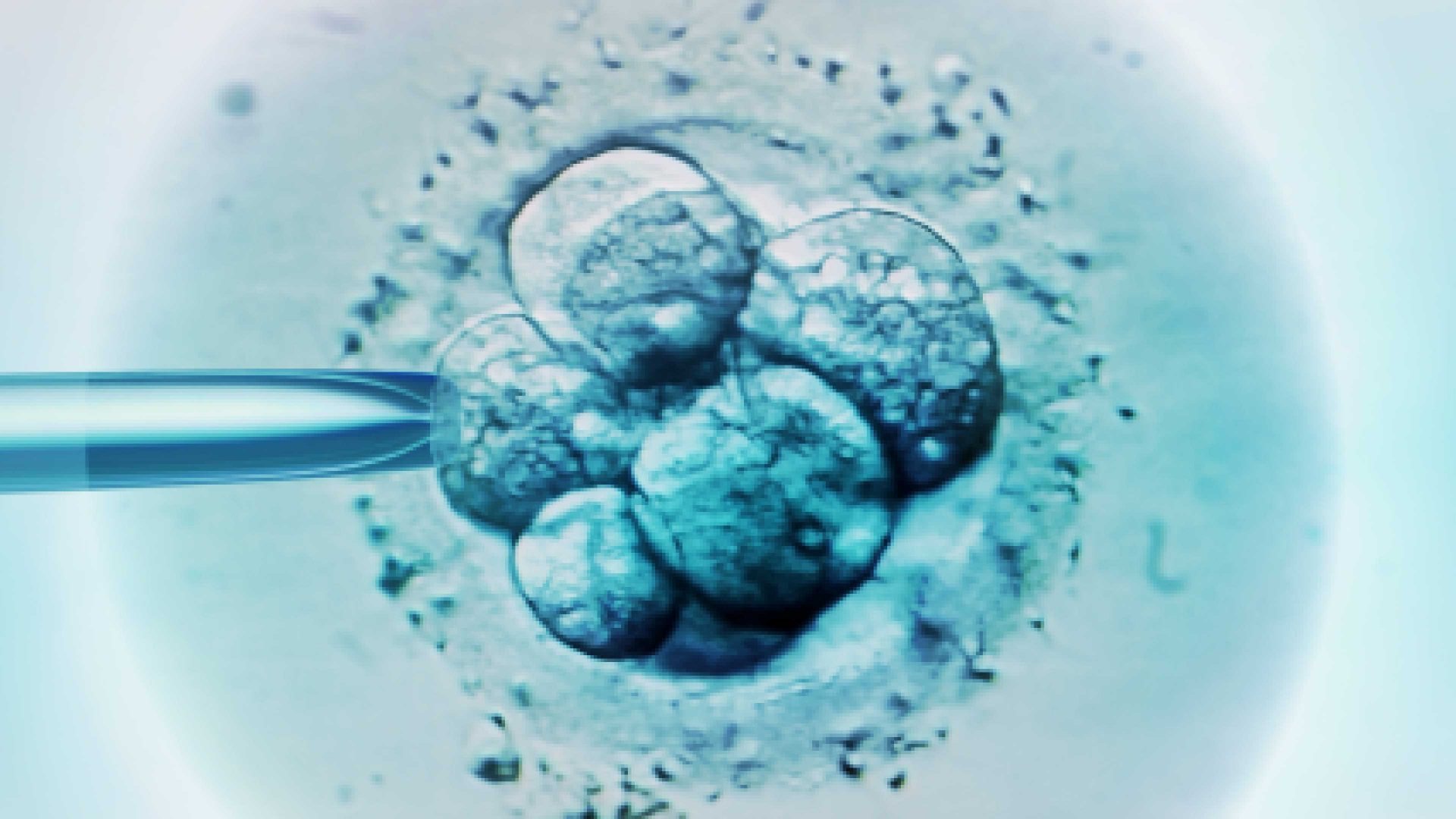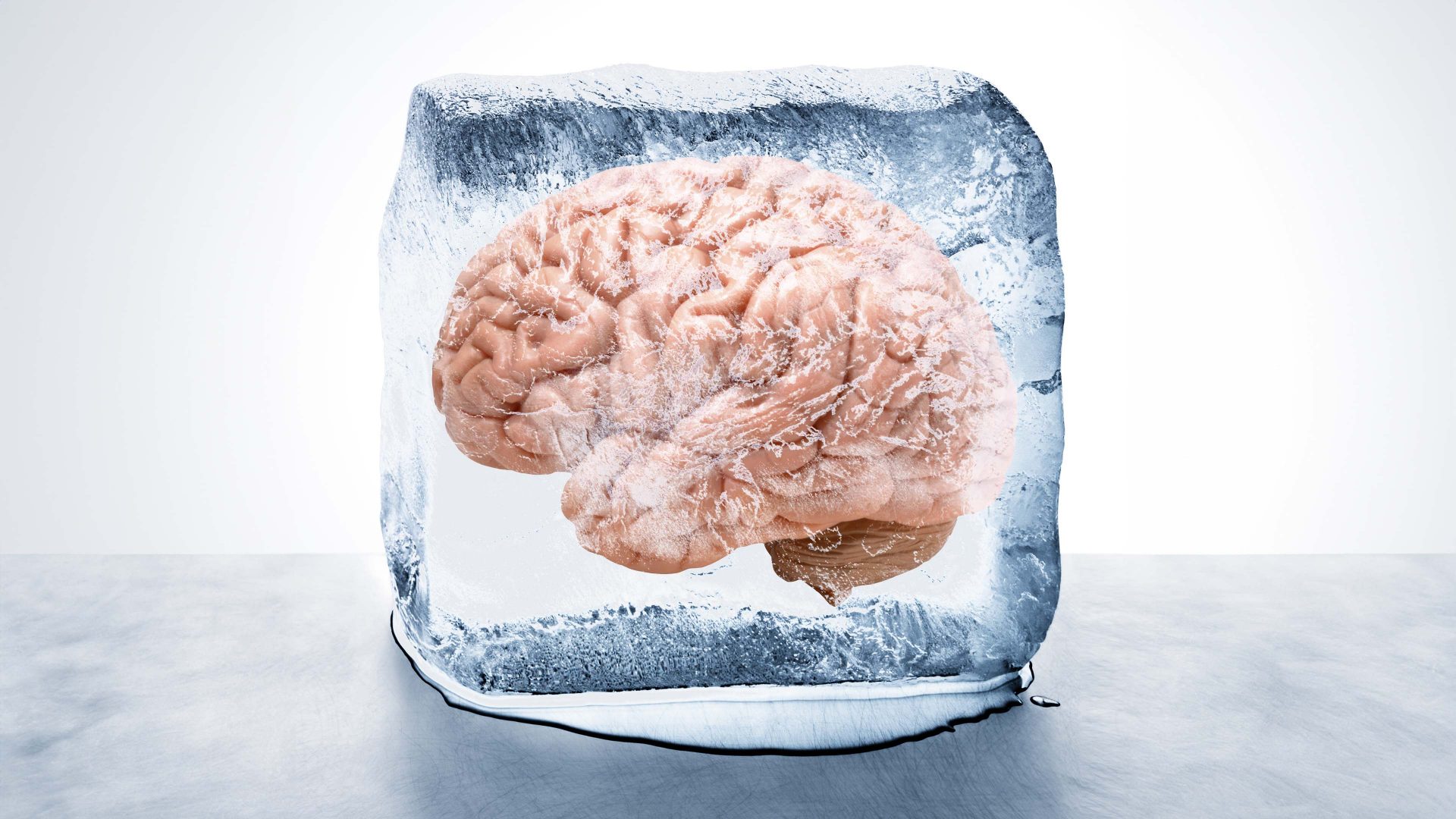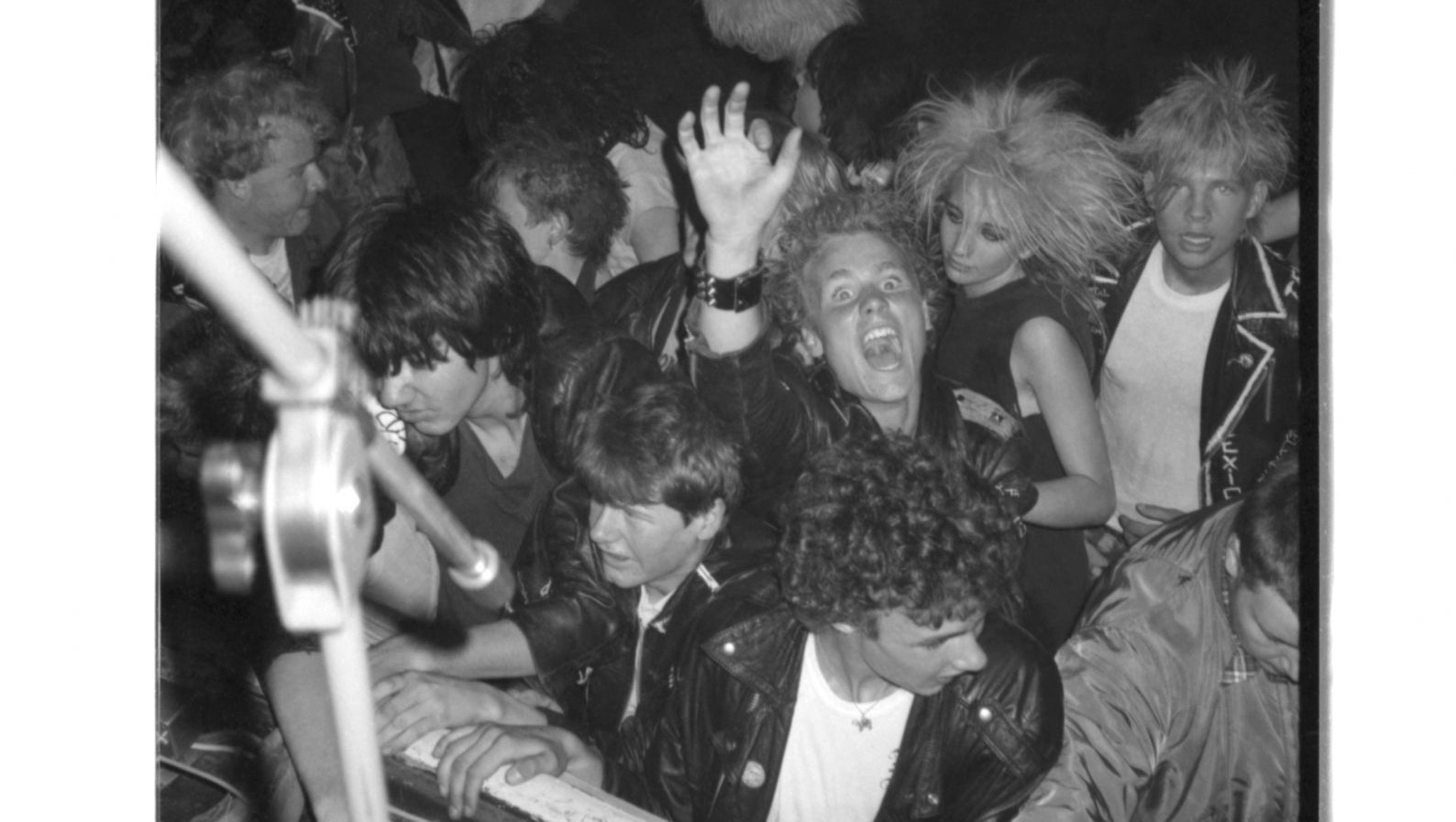The controversy about Algerian boxer Imane Khelif, whose opponent in the Paris Olympics women’s boxing, Italian Angela Carini, withdrew from a match after receiving a blow so powerful that it left her fearful of her well-being, is a perfect storm. It immediately played into the rancorous “gender wars”, many wrongly assuming that Khelif was trans. The sight of a person who looks decidedly male punching a woman with impunity also seemed disturbingly redolent of male violence against women. It is difficult, and for good reasons, to think clearly about all this.
Although the details remain murky, it seems likely that Khelif has Swyer syndrome – a condition which shows it is no mere figure of speech to say all humans are female by default. The embryonic reproductive system initially develops in the same way for both sexes, and will become female, with ovaries, uterus and vagina, unless a “sex-determining” gene on the Y chromosome (which, in the usual scenario, only males have) triggers the development of testes and penis. People with Swyer syndrome have a Y chromosome bearing a gene mutation that prevents it doing that job. The sex organs then become “female”, but many other developmental features are characteristic of males, such as high testosterone levels, no breasts, and male-like musculature and appearance. Often Swyer syndrome is not diagnosed until puberty: menstruation does not start, or the uterus grow, unless the person is given the hormone estrogen.
The condition is very rare, affecting an estimated 1 in 100,000. Some other conditions can also result in an intersex body where the anatomy doesn’t match “chromosomal sex”: for example, complete androgen insensitivity syndrome, in which the body does not respond to male-directing hormones, and Turner syndrome in females with only one complete X chromosome. Similarly, it is possible for people with two X chromosomes – the typically “female” state – to develop male-like sex organs due to genetic mutations. Intersex conditions of various sorts are thought to arise for about two in every 10,000 births, although the numbers vary widely depending on definitions.
There is an important biological principle here: what a person’s genetics supplies is not a prescribed body plan but resources that equip the fertilized egg to develop into a viable organism. There are many ways that developmental process can turn out, some of which differ significantly from what is most common: conjoined twins, people with autism, intersex people. Genetics need not be the determining factor: not everyone with a cystic fibrosis gene variant develops symptoms of the disease.
The problem for many intersex people is that we do insist on such classification – socially, legally, and in sport. Khelif is officially a woman because that was the assignation made (anatomically) at birth and with which she has always lived. She was able to compete in Paris because the Olympic committee classifies a person’s sex according to that on their passport. She was, however, barred from the women’s world championships because of her high levels of testosterone: evidently there is no consensus on the eligibility criteria. Much of the furore in the media and on social media has evinced a determination to assign her one sex or the other on whatever basis the commentator deems most appropriate. But if indeed she has Swyer syndrome, you can plausibly argue it either way.
Can science resolve this? When Richard Dawkins has asserted that sex is determined not by chromosomes or body shape but by the size of the sex cells (gametes: eggs and sperm), he was making a valid statement about sex in relation to its evolutionary function and consequences. But that’s of no help at all in the case of a person with Swyer syndrome, who does not produce gametes. (They can, however, potentially carry a child by embryo transfer.) “Genuine intersexes are way too rare to challenge the statement that sex is binary”, says Dawkins. And yet here we are – for sport is precisely one of those areas where such intersex conditions become highly salient, because of the imbalances they can evidently create.
Surely the decisions of sporting bodies on these matters should be based on social considerations: fairness, dignity of the individual, and especially in this case, safety of competitors. What would be dangerous is to try to pretend that biology can instead supply all the answers. Not only does that distort the science but it imposes a normativity that burdens anyone whose physical makeup does not – because biology is complicated – conform to our conventional categories. The fact is that human biology can produce bodies that really are a mixture of male-like and female-like characteristics while working perfectly, even magnificently well. When that fact clashes with our need to categorize in absolute terms, we need to grapple with the difficulty with understanding and compassion.




